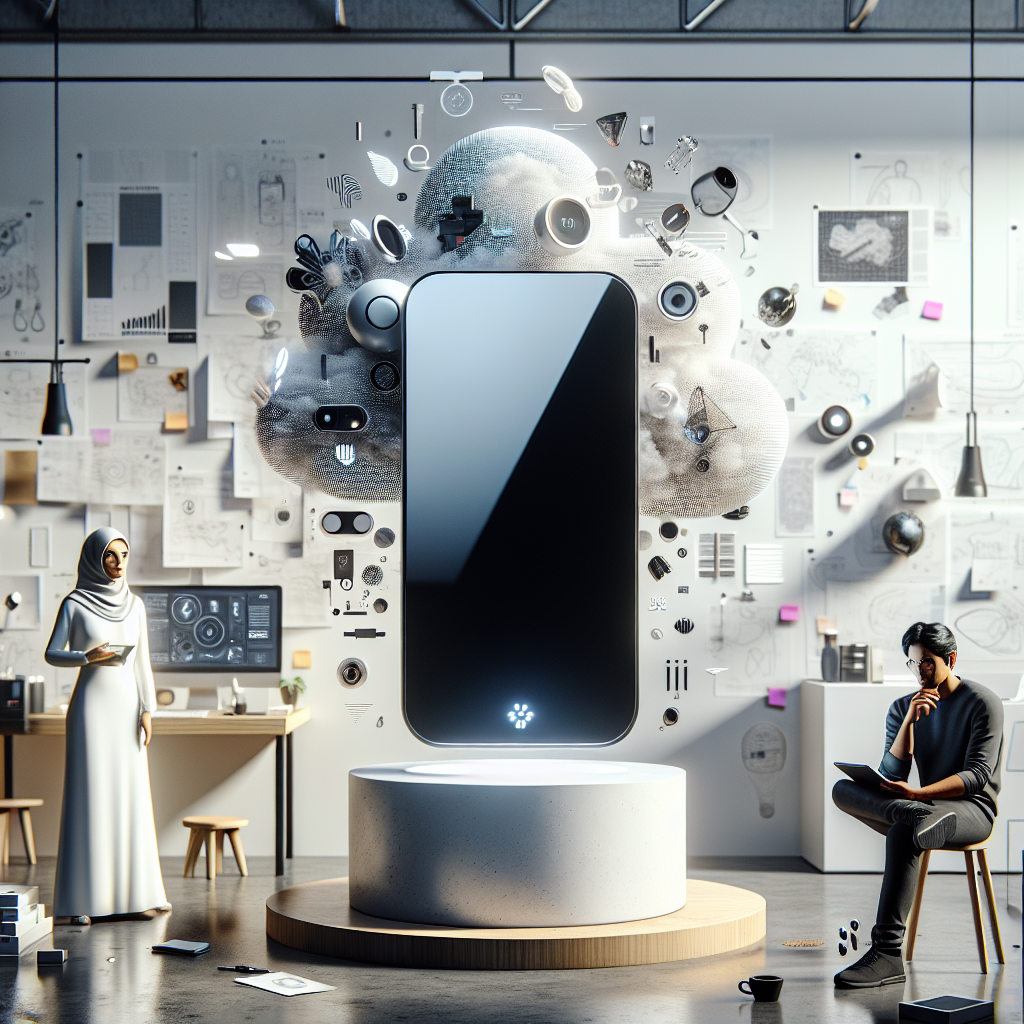Apple’s AI Gadget Quest: The Struggle for a Standalone Device
Apple has long been a leader in consumer electronics and software, yet its journey toward a dedicated AI gadget remains uncertain. From Siri on the iPhone to the Vision Pro headset, Apple’s AI efforts feel scattered. The company seems to be testing ideas, but a truly standalone AI device has not materialized. Let’s explore why Apple’s AI Gadget Quest is taking longer than expected.
The Allure of a Standalone AI Gadget
Tech companies everywhere are racing to release products that showcase advanced AI capabilities. A standalone AI gadget could:
- Provide hands-free voice assistance without relying on a phone
- Offer real-time translations and on-device processing
- Enhance productivity through natural language queries
- Serve as a hub for home automation and secure data processing
Other firms have dipped toes into this arena. Amazon’s Echo lineup and Google’s Nest devices offer some of these features. Yet, Apple’s approach remains more cautious. The company prioritizes privacy and hardware integration, which may slow down the process.
Hardware Hurdles
Building a lightweight device packed with sensors, microphones, speakers, and AI accelerators is no small feat. Apple’s custom chips shine in the Mac and iPhone, but a dedicated AI chip for a small wearable or tabletop gadget demands a new design. Consider:
- Battery Life: Continuous voice processing and always-on listening can drain small batteries quickly.
- Thermal Management: Powerful chips generate heat, which must be dissipated in a compact form.
- Microphone Arrays and Speakers: High-fidelity audio capture and output remain challenging in a tiny enclosure.
Even if Apple can overcome these obstacles, ensuring that the hardware communicates seamlessly with iOS and macOS is another layer of complexity.
Software Integration Challenges
Apple’s ecosystem is both its strength and its weakness. Integrating new AI features in iOS, macOS, and watchOS requires extensive testing. Siri, the company’s flagship voice assistant, has improved but still lags behind some competitors in natural conversation. A standalone gadget would need a more advanced voice engine, perhaps powered by on-device machine learning models.
Developers may also need new tools to support this hardware. Apple could release SDKs or extensions for Xcode. If you are looking to set up your development environment, check out this guide on VS Code installation for remote workflows and testing scenarios.
Privacy and On-Device AI
One of Apple’s core selling points is user privacy. The company has emphasized on-device processing for features like Face ID and keyboard suggestions. A standalone AI gadget would need to handle user data locally or with heavy encryption. This requirement may limit the model sizes Apple can deploy. Smaller models often mean less accuracy or fewer features.
Some analysts point to Apple’s acquisition of AI startups to build a custom pipeline. But as of now, on-device AI remains a balancing act between performance, battery life, and storage constraints.
Competitive Pressure
While Apple experiments, competitors are shipping products. Meta’s Ray-Ban smart glasses aim at augmented reality with basic AI features. Google’s Pixel Buds offer real-time translation. Amazon sells Echo Frames that let you access Alexa on the go.
Apple’s AI Gadget Quest faces a market where early movers set expectations. If the final product arrives late, customers may have already decided on alternatives. It could be a matter of timing as much as innovation.
Signs of Progress
Despite the hurdles, there are promising signs:
- Patents for new wearable form factors and sensor arrays
- Investments in AI research labs and deep learning infrastructure
- Updates to Siri on the iPhone that hint at a more capable future assistant
For those curious about advanced search capabilities and AI-powered tools, exploring emerging solutions like DeepSeek can provide a glimpse into how on-device AI might evolve.
What Apple Might Do Next
- Release a Developer Kit: Invite testers to experiment with early hardware and software.
- Leverage the M-Series Chips: Adapt Mac-class silicon for portable form factors.
- Partner for Content: Work with media and home-automation companies to showcase real-world use cases.
- Enhance Siri: Bring conversational AI closer to GPT-style assistants, possibly through collaborations similar to OpenAI’s GPT-4.
Behind the scenes, Apple’s engineering teams are very likely refining best practices for AI and machine learning. If you’re a developer, following best programming practices ensures you’re ready when new SDKs drop.
External Perspectives
Industry experts agree that building a standalone AI device is tough. A recent Bloomberg report suggested delays in Apple’s AI roadmap. Meanwhile, Apple’s own Machine Learning portal highlights tools that could underpin future gadgets.
Conclusion
Apple’s quest for a standalone AI gadget is filled with technical, strategic, and market challenges. From hardware hurdles to software integration and fierce competition, the path is complex. Yet, Apple’s track record shows it can enter crowded markets and redefine them. Whether that happens in the next year or the next five, one thing is clear: the world is waiting for Apple’s answer to Google Home, Amazon Echo, and more advanced AI assistants.
Takeaway: Apple’s AI Gadget Quest continues. Success depends on solving battery, privacy, and integration puzzles while beating competitors to market. Keep an eye on developer tools and AI research from Apple—your next project might help shape this exciting frontier.






